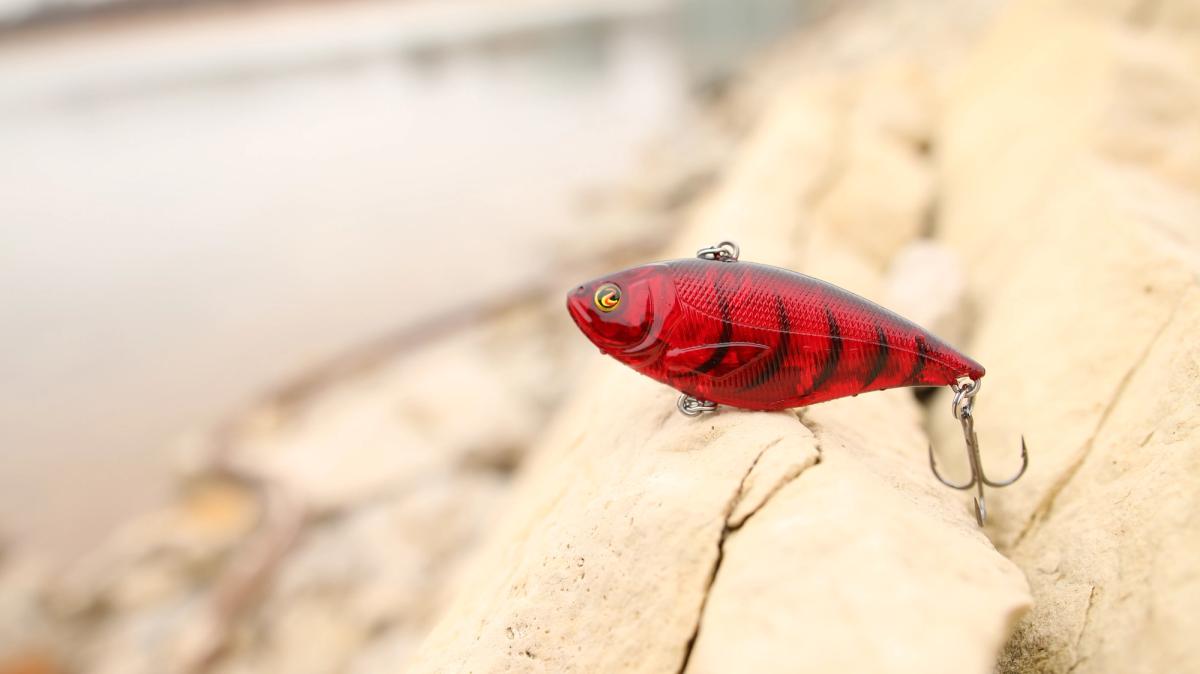How To Prevent Snagging In Grass With 4 Killer Baits
If bass fishing was a college degree, “fishing in and around aquatic vegetation” would be a capstone course required for graduation. Aquatic grasses hold baitfish and provide protection from predators. You can almost bet that no matter where you are in the country, if there’s any weeds at all – there’s going to be at least a few bass hanging around. And to get them, you'll have to prevent snagging in grass.The downside of aquatic vegetation is that it can be downright frustrating to fish, as it historically limits the number of effective presentations you can use. The thicker the vegetation, the more limiting it can be, and trying to prevent snagging in grass can drive any angler insane. For that reason, when most anglers think of grass, they think of plastics, and topwater presentations like frogs and buzzbaits.Although those techniques are certainly effective at drawing strikes from bass in the grass, there are lots of tweaks you can make to other, “non-traditional” grass techniques that make them more effective around vegetation.At first glance, this might be a strange concept, leading you to say “why tweak a spinnerbait or crankbait to be more effective in the grass, when I can swim a jig or throw a plastic easily with no hassles?”The answer is simple – it gives the fish a look they haven’t seen. If you think it’s an ideal place to throw a worm or fluke, odds are the other anglers that fished there recently thought the same thing.Showing bass a non-traditional look can be uber-effective, particularly today as our fisheries face more and more angler pressure.Read on for ways you can alter your presentation to make other popular bass techniques more “grass friendly.”
Spinnerbaits
Although they’ve long been used to catch bass around shallow cover – spinnerbaits like the Strike King Premier Plus have fallen out of favor for grass anglers in recent years because there are other, easier techniques that are more popular. The truth is though; spinnerbaits are still killer in the weeds, particularly if you know how to tweak them.To make a spinnerbait more weedless – start out by choosing the right bait. Instead of a heavy, ½ or ¾ ounce model – try a 3/8 or ¼ ounce model, as it will feather through the grass better. Also choose a model with smaller blades that are less likely to get bogged down.Another tip is to go without a trailer hook – which may be hard for some anglers to stomach, but if you’re showing the bass something new, it’s more likely to get inhaled and not just swatted at. Lastly, you can dramatically improve a spinnerbait’s grass efficiency by fishing it on braid. Braid allows you to snap your rod and clear the weeds.
Crankbaits
Crankbaits in the grass? Many anglers would call that a fool’s errand, but in some parts of the country – it’s a hot technique that has won tons of money. Like spinnerbaits, choosing the right crankbait is key to fishing the green stuff. You don’t want to choose a model that dives too deep into the grass. The sweet spot should be about 6 inches to a foot of where the majority of the weeds top off. Braid is also a huge key here – as snapping a rod tip will clean a surprising amount of weeds off most crankbaits. Another tip is to “feather” the bait through the grass by reeling it with your rod tip high – almost working it like a worm. Anglers in northern states routinely bring in big stringers of bass by cranking weed lines with a “feathering” retrieve.
Flipping Jigs
Flipping jigs are more commonly used in wood and rock than grass, as they’re inherently less weedless than a similar plastics presentation. However, they can be surprisingly weedless, particularly if you choose the right one. The key here is weight – you want to use a heavy enough one.This might sound counterintuitive, but a heavier jig not only plunges through the grass better, but it also comes free better, as it’s got more inertia when you pop it up. A recent pro tournament was won dominated by an angler flipping a 1 ounce flipping jig into a deep grass bed in New York. It might sound weird, but heavier is better when choosing a grass jig.
Lipless Cranks
Lipless cranks are synonymous with early season grass fishing, but they often fall off in popularity once the grass grows in thicker. This is unfortunate, as the bass don’t stop biting them. To keep the grass bite going with a lipless crank all year, start out by fishing it on braid. Just like a crank or spinnerbait, lipless cranks trigger massive strikes when ripped free from grass.The second tweak if the grass is too thick is to actually remove the front treble hook from the bait. The body of the lure will actually help protect the trailing hook, but the front hook is where most of the snags start. You may lose a couple extra fish, but if you’re getting more strikes, you’ll still be in a better place.
Updated October 20th, 2016 at 12:15 PM CT


